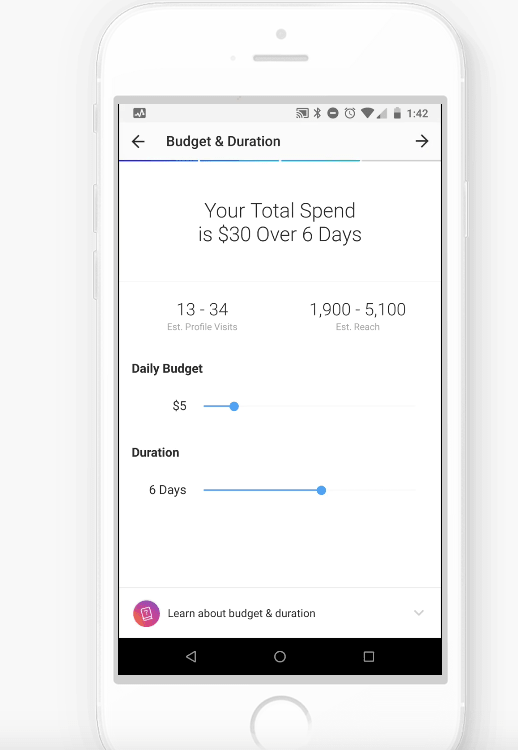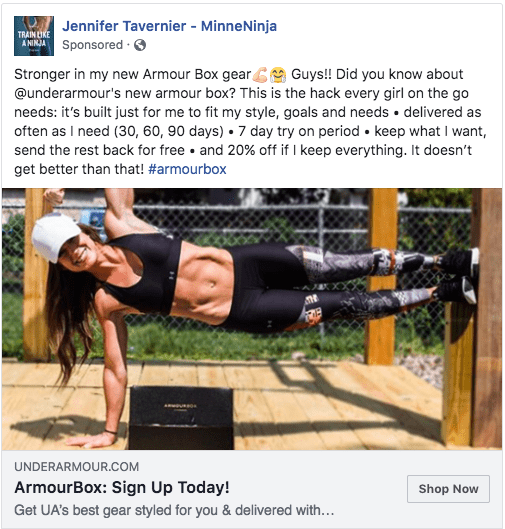Influencer marketing has rapidly evolved in a very short time. Previously, brands primarily chose influencers based on follower count. This was a great metric at first, but marketers quickly realized that impressions were more important. Unfortunately, updated social media algorithms made it difficult to predict if a significant number of an influencer’s followers would see his or her content.
The question to answer soon became: How can brands guarantee that their influencer marketing content reaches its intended audience?
The solution is sponsored posts. Combining influencers’ content with paid native ads guarantee targeted impressions to the people most likely to consume or engage with the posts.
How paid media benefits influencer marketing campaigns
Paid ads provide a variety of improvements over standard posts, especially when it comes to tracking and optimizing campaigns.
They extend the life of an influencer’s piece of content
When an influencer posts content on his or her page, most engagement occurs over the first and second days after. Beyond that, the post gets pushed back in favor of newer content, and viewers might not see that post in their recent feeds.
With paid social ads, you can control the longevity of a post and choose which days it’s displayed. Paid ads aren’t affected by algorithms they way organic content is, so your post can appear on viewers’ feeds for a longer time.

They allow you to optimize your campaign
Facebook and Instagram allow you to dive deep into your target audience, choosing who sees your content by describing a variety of features. This way, you can better optimize your campaign to drive purchases, using data to support conversions and displaying ads to people who will actually buy.
They come with tracking capabilities
Sponsored posts provide concrete data revealing how many people both engaged with and purchased from your content. You’ll be able to put a dollar amount to your strategy; you spent $X and earned $Z in return through sales.
Using an influencer marketing partner to manage your paid campaigns
The key to successfully using this strategy is to make sure everyone on the team understands that paid and organic content are two pieces of the same puzzle. Furthermore, paid influencer content doesn’t compete directly with the brand’s own sponsored posts. Rather, all these parts work together to support reach, engagement, and conversions.
“If you’re interested in driving bottom-funnel conversions, reaching niche audiences and getting quality customers, paid social is the most efficient process,” said Hannah Blahut, manager of paid social at Open Influence. “Consider your overarching key performance indicators; this is the best way to make your money work for them.”
A ton of work goes into creating a successful paid influencer campaign that works well with a brand’s other marketing strategies, which is why partnering with a third party may be a good idea. Open Influence uses a process called whitelisting to recreate organically made influencer posts as ads on Instagram and Facebook. Those ads are then promoted through the influencer’s handle. The final post looks exactly like that of the original, though it will have a small tagline marking it as sponsored. These new ads can be made with clickable links, allowing viewers to shop directly from the post.
If collecting actionable data and driving actual sales are your marketing goals, try adding paid social ads to your influencer marketing strategy. You might be surprised by the results!








